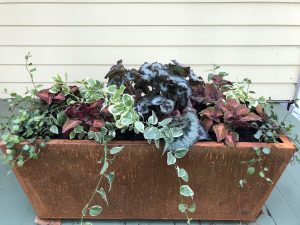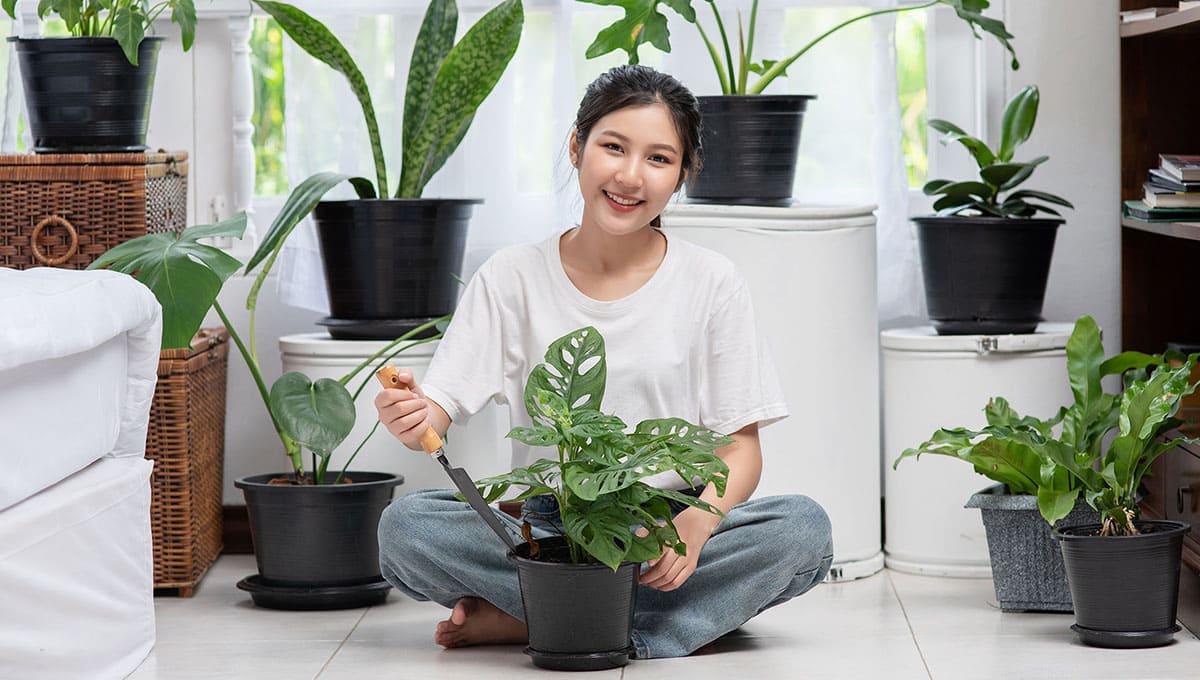Designing a thriving garden starts with one essential decision: choosing the right plants. Whether you’re aiming for a peaceful backyard sanctuary, a pollinator paradise, or a productive vegetable patch, plant selection can make or break your gardening success. A well-curated garden not only looks beautiful but also ensures the health and longevity of the plants you nurture. Here’s a comprehensive guide to help you select the right plants for your garden based on climate, soil, sunlight, and your personal style.
1. Understand Your Garden’s Environment
Before you head to a nursery or browse through seed catalogs, it’s crucial to understand the growing conditions in your garden. Plants are not one-size-fits-all, and what thrives in one yard might fail in another.
Sunlight Exposure
Plants vary widely in their sunlight requirements:
-
Full Sun (6+ hours/day): Ideal for vegetables, sunflowers, lavender, and most herbs.
-
Partial Sun/Shade (3–6 hours/day): Perfect for ferns, begonias, hostas, and impatiens.
-
Full Shade (<3 hours/day): Look for shade-tolerant options like lamium, coleus, or hellebores.
Spend a day observing how sunlight moves across your garden. Take notes on which areas receive morning sun, afternoon shade, or dappled light, and match plant choices accordingly.
Soil Type and Drainage
Healthy soil is the foundation of a successful garden. There are three primary soil types:
-
Clay soil is heavy and retains moisture, but drains poorly.
-
Sandy soil drains quickly but doesn’t hold nutrients well.
-
Loamy soil is the ideal mix of sand, silt, and clay—well-draining and nutrient-rich.
You can test your soil by squeezing a handful when moist:
-
If it forms a sticky ball, you have clay.
-
If it crumbles, it’s likely loam.
-
If it falls apart like dry sugar, it’s sandy.
Also, consider conducting a soil test through your local extension service or using a DIY kit. This will help identify pH levels and nutrient deficiencies, so you can amend the soil before planting.

2. Know Your Climate and Hardiness Zone
Your local climate plays a huge role in what plants will thrive. The USDA Plant Hardiness Zone Map is a great starting point—it divides regions based on their average lowest winter temperatures.
-
Tropical plants like hibiscus and bougainvillea won’t survive in northern climates.
-
Cold-hardy perennials such as peonies and coneflowers can handle frost and even snow.
Be sure to check the plant label or description for its suitable hardiness zones. Choosing plants adapted to your region reduces the need for excessive watering, fertilizing, or overwintering.
Also Check: Guide to building a beautiful garden path
3. Choose Plants That Match Your Watering Habits
Some gardeners love spending time with a hose in hand, while others prefer drought-tolerant greenery. Matching plants to your lifestyle makes gardening more enjoyable and sustainable.
-
Low-water plants like succulents, lavender, and ornamental grasses are ideal for dry climates or busy schedules.
-
Moisture-loving plants such as ferns, canna lilies, and astilbes thrive in damp or boggy areas.
-
Rain gardens can be planted with species that enjoy periodic flooding, like Joe Pye weed or swamp milkweed.
Always group plants with similar water needs together—this simplifies irrigation and prevents over- or under-watering.
4. Consider Your Garden’s Purpose
What do you want from your garden? Your goals will guide plant selection:
For Color and Beauty
If you’re going for aesthetics, mix perennials and annuals to ensure blooms throughout the seasons.
-
Spring: Tulips, daffodils, bleeding hearts.
-
Summer: Daylilies, zinnias, black-eyed Susans.
-
Fall: Mums, sedum, ornamental kale.
For Food
Vegetables, fruits, and herbs need full sun and nutrient-rich soil. Easy starters include:
-
Vegetables: Tomatoes, cucumbers, carrots, lettuce.
-
Herbs: Basil, rosemary, thyme, mint.
-
Fruits: Strawberries, blueberries, dwarf apple trees.
For Pollinators and Wildlife
Native plants are especially good for attracting bees, butterflies, and birds. Examples include:
-
Coneflowers
-
Milkweed
-
Bee balm
-
Sunflowers
-
Native grasses
Avoid pesticides and plant in clusters to make it easier for pollinators to forage.
5. Think About Maintenance
Some plants demand a lot of attention—deadheading, pruning, fertilizing—while others practically take care of themselves.
-
Low-maintenance options: Ground covers like creeping thyme, native wildflowers, and ornamental grasses.
-
High-maintenance options: Roses, topiaries, and certain tropicals that require regular trimming or climate control.
If you’re new to gardening or short on time, start with resilient, low-care plants and expand as you gain experience.
6. Match Plants to Garden Design and Space
Just like interior design, a good garden layout is about balance and visual flow.
-
Use tall plants (like hollyhocks or sunflowers) at the back of beds or as focal points.
-
Medium plants such as echinacea or coreopsis go in the middle.
-
Ground covers or short plants like alyssum, creeping phlox, or pansies belong at the front.
Also consider the spread of mature plants. Avoid overcrowding by checking each plant’s width at maturity, and leave room for air circulation.
If you’re working with containers or small spaces, opt for compact varieties or dwarf species. Look for terms like “bush,” “miniature,” or “patio” in plant names.
7. Shop Smart
Once you’ve narrowed down your list, it’s time to shop. Here are a few tips:
-
Buy healthy plants: Look for vibrant leaves, strong stems, and no signs of disease or pests.
-
Ask local nurseries: Staff often know which plants perform best in your area.
-
Read plant tags carefully: They usually include growth habits, sunlight needs, spacing, and care tips.
You can also start from seeds for a wider variety and cost savings—but it requires more time and patience.
Final Thoughts
Selecting the right plants for your garden isn’t just about what looks good—it’s about creating a balanced, sustainable environment where plants can thrive with the care and conditions you can offer. With a little planning, observation, and research, you’ll enjoy a garden that brings beauty, joy, and maybe even a few tomatoes, year after year.

kym0b6